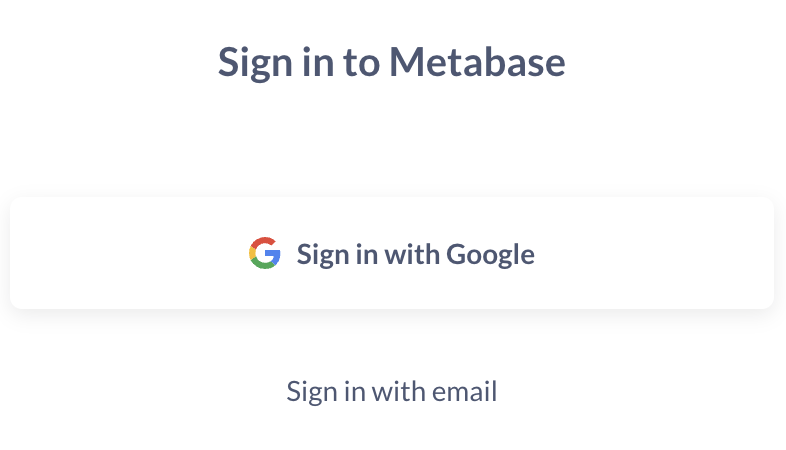What is SSO?
Also known as
Single sign-on
SSO is an authentication (auth) setup that lets people use one login to access independent apps. It’s a bit like using your passport to get into different countries. With SSO, you don’t need to use one login for each account, just as you don’t need to travel with different pieces of ID specific to each country.
For example, you might have two different logins that are used with two different sign-in pages for your email and your online banking. If the IT teams at your email provider and bank each set up SSO, you would be able to use one sign-in page and login to access both websites.

How does SSO work?
Since digital authentication can’t be done in person, your identity on the internet is checked by a service that asks you for proof of something you know (like a password), or proof of something you physically have (like sending a code to your phone). These pieces of proof are called identity factors.
The most common way to authenticate is through a single identity factor, such as a password. If you add another factor, like a phone number, you get two-factor authentication (2FA). Naturally, you can continue adding factors, (an email, a verification app, etc.), to get multi-factor authentication (MFA).
Instead of using information that you know or have, SSO uses an identity factor called an authentication token that belongs to the SSO provider. An authentication token is a unique, anonymous piece of information that’s generated when you sign in to the SSO provider.
The token is temporarily stored in your browser (like a browser cookie) or on the provider’s servers, and is only valid for a period of time — usually until you close the browser, or within an expiry window set by your security team.
When you go to an app that is set up with SSO, it’ll automatically ask for the authentication token from the SSO provider, instead of asking you to log in. If the token is still valid (you’ve signed in to the SSO provider in the same session, and it hasn’t expired), your identity is considered authenticated, and you’ll be allowed into the app. If the token has become invalid, you’ll be prompted to sign in with the SSO provider to create a fresh one.
Where does SSO fit into the bigger picture?
Authentication only deals with who you are (identity). From there, other services keep track of where you are allowed to go, and what you can do once you get there (access management).
Identity and access management (IAM) is the umbrella term for these tools and processes. SSO and other parts of an IAM toolkit are often packaged up by identity providers (IdPs), such as Okta, Auth0, or OneLogin, and implemented as part of cloud security.
SSO in Metabase
Setting up SSO in Metabase means that people won’t need to create a separate Metabase username and password to access your organization’s data. They can simply log in through the same account as your chosen identity provider. The open-source edition of Metabase can be set up with Google SSO or LDAP.
Pro and Enterprise editions of Metabase work with SAML and JWT standards (in addition to Google SSO and LDAP). SSO can also be combined with data sandboxing in Metabase Pro and Enterprise plans to define the data that people can see and interact with, based on user attributes such as their department or role.
Key article
Related terms
Further reading
- Enabling Google Sign-in
- Using LDAP for authentication and access control
- Embed Metabase in your app to deliver multi-tenant, self-service analytics


